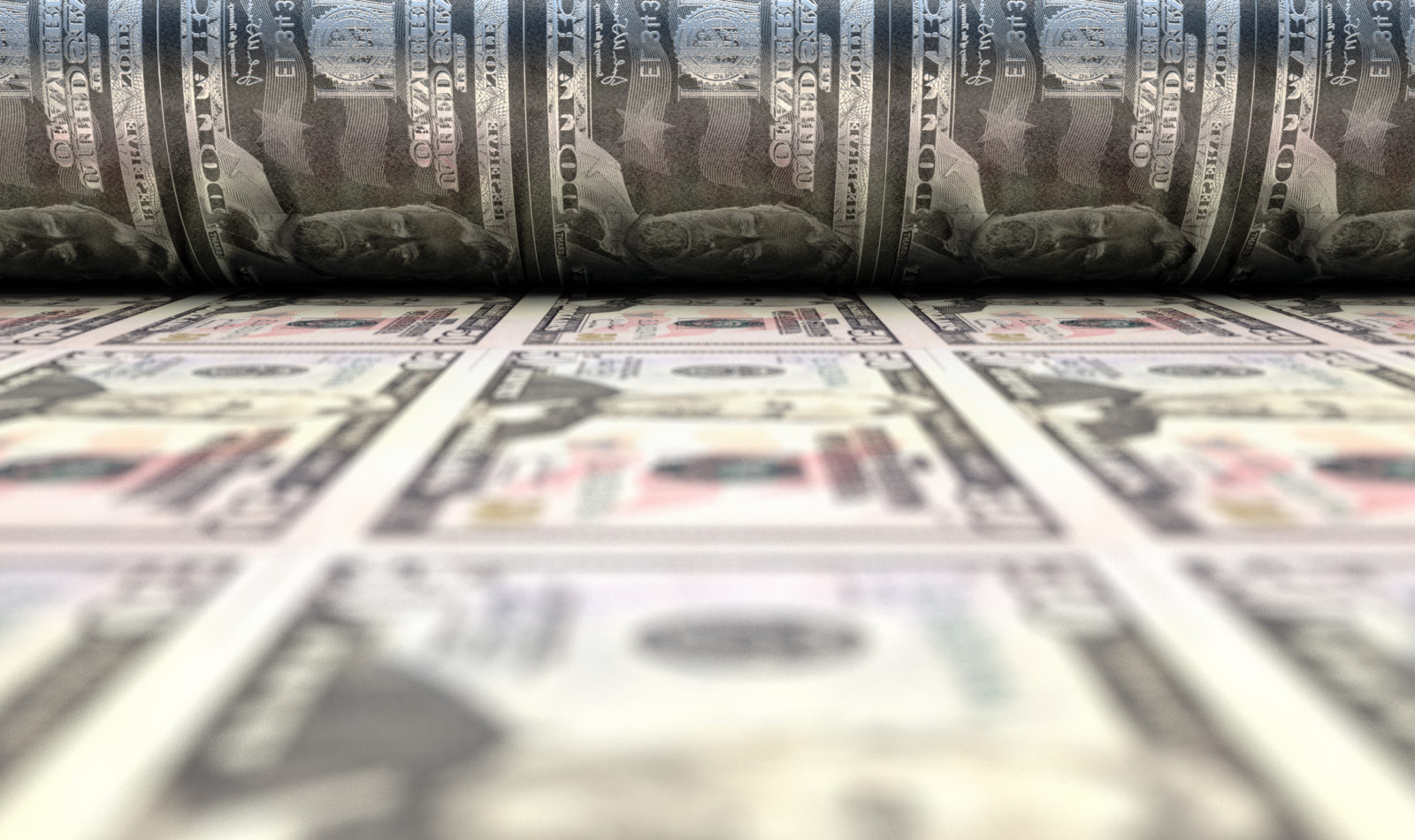Close the Mint?
Published in The Washington TimesBoth the European Union and the U.S. government have proved themselves to be incompetent to mint coins. The Economist Magazine just reported that “1- and 2-euro coins, when clutched in sweaty hands, release 300 times more nickel than is allowed by EU guidelines.”
According to The Washington Times: “Three years after its splashy introduction by the U.S. Mint, the Sacawagea [sic] gold-tinted $1 coin has proved to be as big a flop as the Susan B. Anthony $1 coin only more costly to taxpayers. The U.S. Mint frittered away an astonishing $67.1 million on a marketing campaign designed to get people interested in the new coin. But according to the U.S. Mint itself, the $1 Sacawagea coin is used in just 1 percent of all transactions.”
The question that should be asked is: Why, in the age of digital electronics, is the government still minting coins? Historically, coins were minted because they were a store of value, a unit of account, a medium of exchange, and a medium of settlement. Once governments stopped minting gold and silver coins, they became merely tokens and no longer a store of value.
People really don’t like coins. They are heavy, they clutter up pockets, purses, drawers, etc., and still one seldom has the necessary combination.
Governments start with the mistaken notion that people want physical money. The fact is people do not want money. What they want is the ability to acquire goods and services, and increasingly coin and even paper currency are very inconvenient ways to acquire goods and services. They are expensive to produce, they wear out, they carry diseases as they are transmitted from one hand to another, they are easily lost, they are frequently and easily stolen, they are expensive to handle and protect, and they are most awkward to use for large value transactions.
In short, coins and paper currency are legacies of the past. They should be done away with, and governments should get out of the business of producing them.
The United States Mint claims with pride that the Philadelphia and Denver Mints “often produce more than 50 million coins for circulation in 24 hours.”
What a waste of metal, given that coins can be replaced with electrons that cost almost nothing to produce and are far easier to use. (Note to environmentalists: If you want to save trees, stop cutting them down to print money; use electrons instead.)
Digital electronics, easy-to-use encryption, and the Internet can do everything paper money and coins can do, but better, cheaper, and safer. In the wealthier countries, large portions of the population already use credit, debit or increasingly smart (chip) cards for a most of their transactions.
Businesses increasingly rely on electronic transfers for much of their bill paying and, other than small numbers of “petty cash” transactions, rarely use coins or paper currencies.
The technology has been developed to do almost any type of money transfer that people can conceive of using digital electronics. Magnetic stripe cards and chip cards, either general purpose or limited purpose, are already used for mass transit, telephones, parking meters, taxicabs, vending machines, etc. Cell phone technology has developed to the point where people can use their phones in many places for money transfers or even getting a soda out of a vending machine.
Small and inexpensive “electronic wallets” allow individuals or small businesses to transfer money from wallet to wallet with a chip card or cell phone, so that even people who do not have bank accounts can use digital cash. Digital money can be tailored for almost any need. With a debit card, consumer’s money is kept in a bank until the moment he or she spends it.
With a chip card, it is possible to keep the money in the card, or in an electronic wallet, or bank, or some other account, or in one’s personal computer, or phone, etc., etc. The systems can be made traceable or anonymous, recoverable or irrecoverable, whatever anybody wants or needs.
Digital money is much easier to protect and is much harder to steal than coins or paper currency. It is also much harder to counterfeit. Its use would greatly reduce crime murders, robberies, burglaries, etc.
But, as you might expect, we are not yet getting all the benefits of digital money, in part, because of government impediments. Some slow-witted government bureaucrats are demanding that all digital transfers be both traceable and reportable to governments.
The fact is that without anonymity people are not going to give up physical currency, no matter how attractive digital money is because, for good reason, people do not trust governments nor wish to give up all financial privacy that is a basic human right.
Most people will probably want to have both traceable and anonymous digital money devices. They may wish to have an anonymous chip card with relatively little money in it, in case it is lost or stolen, and also credit or debit cards for larger transactions. If governments do not allow consumers to have freedom of choice, including anonymity, they may have a few less money-launderers using the new technologies, but they will have many thousands of additional murders and millions of avoidable robberies. Without anonymity, many people will feel they must use paper currency and coin to protect themselves against corrupt or incompetent government officials which are all too prevalent in every country.
What governments should do is announce a date, several years in the future, when they will no longer print new paper currency or mint coins. And then leave it up to the private technology wizards to work out the types of digital money and systems that consumers most desire.
